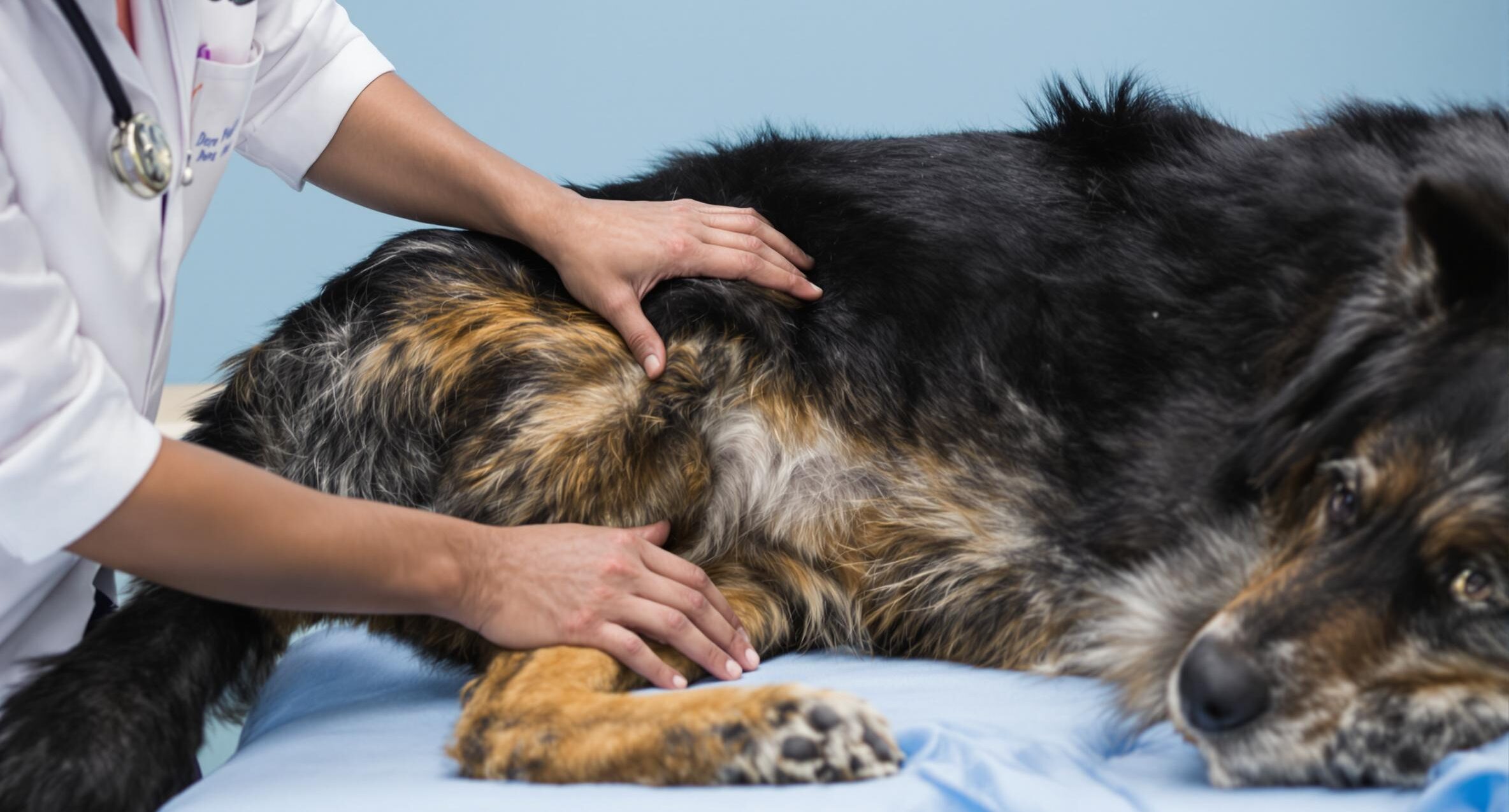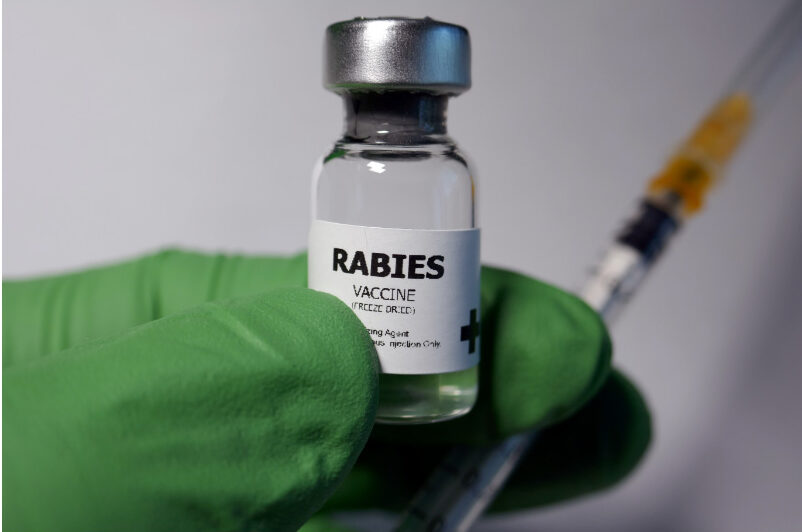Warning Signs Your Pet May Have Ingested Something Toxic
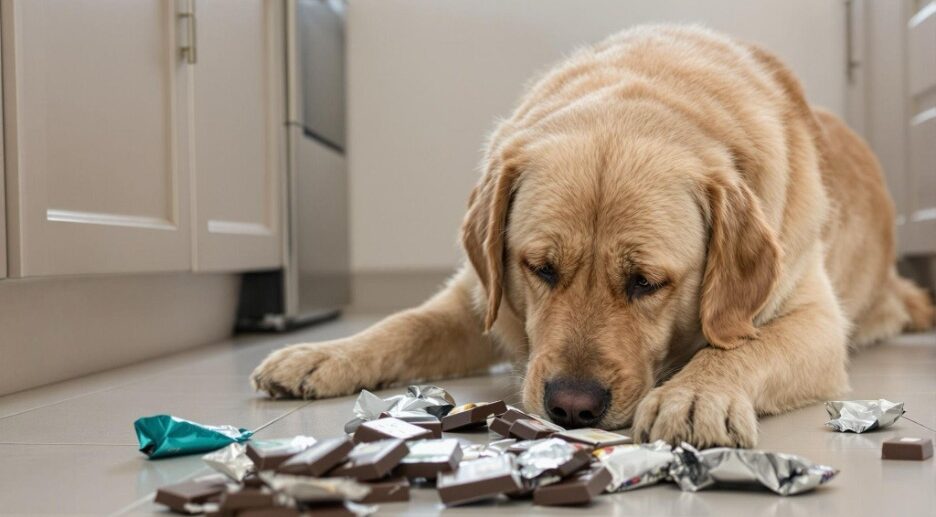
Key takeaways:
- If your pet ingests something toxic, make sure to contact your veterinarian right away; every minute counts.
- Spotting early signs of toxic ingestion, such as drooling or unusual behavior, can make a big difference in your pet’s chances of recovery.
- If possible, collect samples of what they’ve eaten (or their vomit), and don’t feed them food or water unless a professional advises otherwise.
Imagine your dog or cat happily playing one moment, only to suddenly start drooling excessively, or your cat exploring the garden and coming back unsteady on their feet. These unexpected and unsettling moments can happen if your pet comes into contact with toxic substances. Since dogs and cats explore their world through taste and smell, they’re naturally at risk of ingesting something harmful.
Poisoning symptoms can appear alarmingly quickly, but it also means you’ll know there’s a problem right away and can act immediately.
At PetHealthMD, we’re here to help you recognize the signs of toxic ingestion and respond quickly and effectively to keep your pets safe. In this blog, we’ll cover common household toxins, symptoms of poisoning, and what to do if your pet has ingested something dangerous.
If you suspect your pet has eaten something toxic, don’t wait; bring them to the vet immediately for treatment.
Recognizing the signs that your pet ingested poison
Recognizing if your dog or cat has ingested poison starts with understanding the warning signs in their behavior and physical condition.
Here are some key indicators to watch for:
- Digestive distress: According to the Pet Poison Helpline, excessive drooling, vomiting, diarrhea, or even subtle changes in eating habits can all signal poisoning.
- Balance and movement: A dog or cat who seems unsteady, stumbles, or shows poor coordination needs prompt attention. These red flags often appear when toxic substances affect the nervous system.
- Personality changes: If a playful pet suddenly becomes withdrawn or a calm pet appears agitated, it could be a sign of poisoning.
- Breathing patterns: Rapid breathing, unusual panting, or other signs of respiratory distress require immediate attention.
- Mouth and face: Look for excessive drooling, burns around the mouth, or frequent pawing at the face, as these are common signs of exposure to harmful substances.
While some toxins cause immediate reactions, others take hours to show effects, so acting quickly is always the safest choice. Make sure to contact your veterinarian at the first sign of unusual behavior.
What to do if your pet eats something toxic
Quick action can save your pet’s life when they consume something harmful. Here’s an effective emergency action plan you can follow:
- Contact your veterinarian right away, or call the Pet Poison Helpline at 1-855-764-7661.
- Move your cat or dog to a safe area and collect samples of what they might have eaten for identification.
- Monitor your pet’s breathing rate, energy level, and behavior while seeking medical help.
- Keep your furry friend comfortable and relaxed, but skip food and water unless a professional advises otherwise.
- If your pet vomits, collect a sample in a clean, sealed plastic bag to help identify the toxin.
- For added peace of mind, keep a Dr. Cuddles ReadyRESCUE™ kit on hand. This veterinarian-developed first-aid kit provides the tools and instructions to stabilize your pet until professional help arrives, giving them the best chance for a full recovery.
Identifying common toxic substances for pets
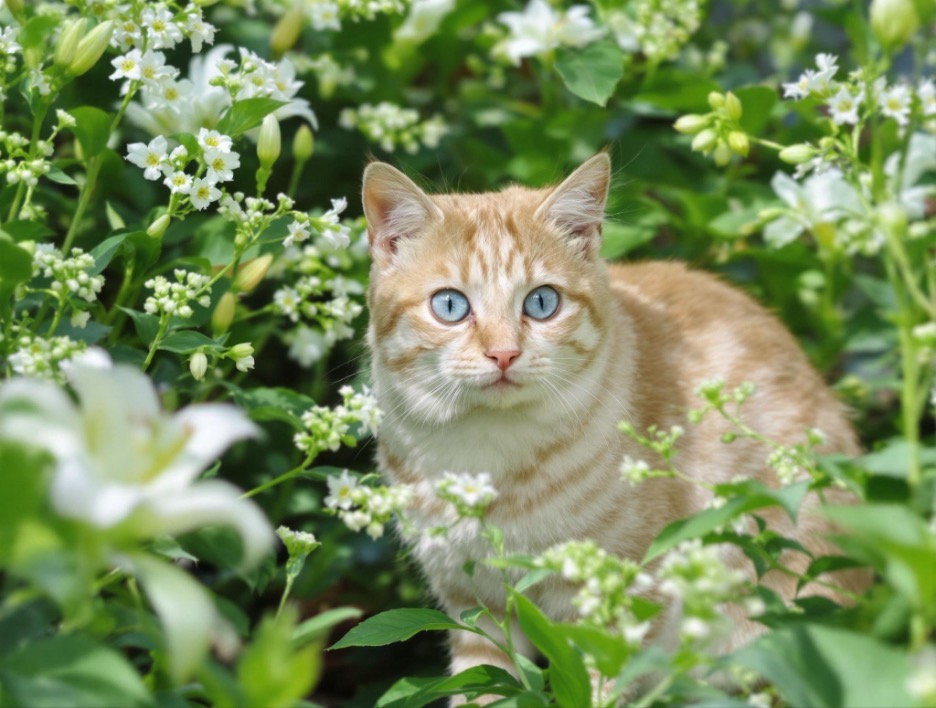
Your pet’s natural curiosity can transform your home into an unexpected obstacle course filled with everyday items that may pose serious threats. In fact, most pet poisoning cases happen right at home, often with substances we use daily. Here’s what to watch for:
Kitchen and pantry threats
- Chocolate and coffee products: Theobromine and caffeine are toxic to pets, which means chocolate bars, cocoa powder, and coffee beans are especially dangerous.
- Grapes, raisins, and macadamia nuts: Even small amounts can lead to severe health issues like kidney failure or neurological problems.
- Sugar-free treats containing xylitol: This common sweetener can cause a dangerous drop in blood sugar and acute liver failure.
- Onions and garlic (including powders): These can damage red blood cells and potentially cause anemia.
Medicine cabinet hazards
- Prescription medications: Human medications are not safe for pets. Be careful about where medicine is stored and to find and pickup a pill if you drop one.
- Over-the-counter pain relievers: Ibuprofen and similar drugs can cause severe gastrointestinal and kidney damage in animals.
- Supplements and vitamins: Even natural products can be toxic if consumed in large amounts or if they contain ingredients unsafe for pets.
Home and garden watch list
- Cleaning supplies: Disinfectants, bleach, and other household chemicals can burn or poison pets that inhale fumes or lick spilled solutions.
- Toxic houseplants: Plants like lilies and sago palms can be lethal if chewed or ingested.
- Lawn and garden products: Fertilizers, weed killers, and insecticides can harm pets that explore treated areas.
Pest control items: Rat poison, ant bait, and similar products often contain sweet scents that can attract pets, with potentially dire outcomes.
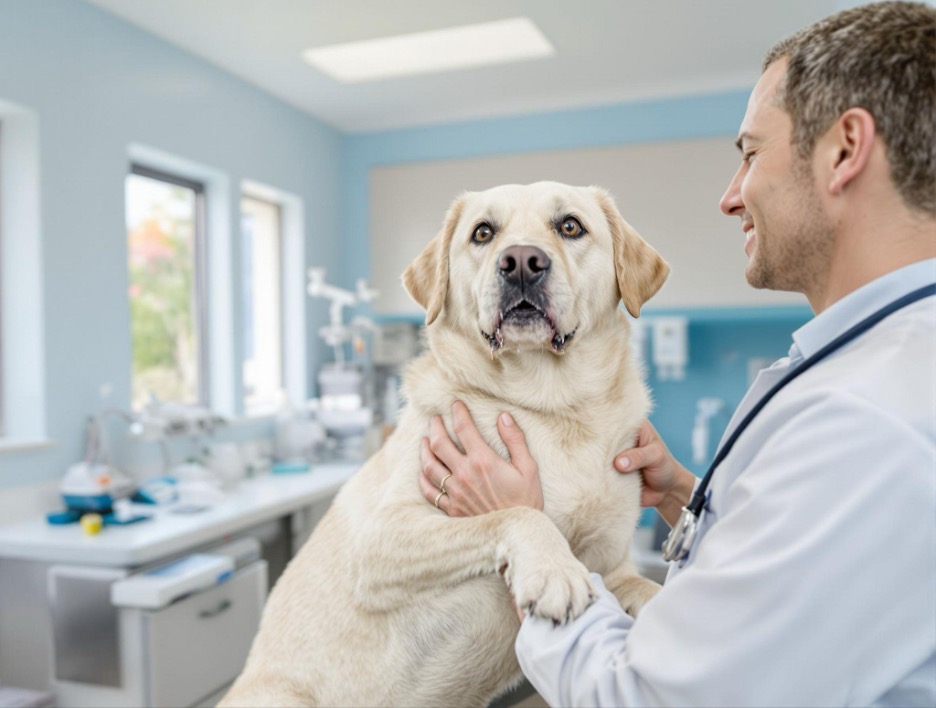
Take action to keep your pet safe
As a loving pet owner, staying informed about common signs of poisoning can help you catch problems early and take action before they become serious. Our poison prevention guide offers practical tips for creating a pet-safe home, while our toxicity symptoms checker helps you quickly recognize warning signs.
For your convenience and safety, 1-800-PetMeds offers Dr. Cuddles ReadyRESCUE™ alongside a variety of reliable products, prescription medications, and expert advice, ensuring your pet gets the support they need when it’s needed most. Let’s work together to keep your furry family member safe.



